FAQ: Guide on How to Build Muscle with Weights
Unlock the secrets of muscle building with “FAQ: Guide on How to Build Muscle with Weights.” This comprehensive guide will unveil everything you need to know about constructing a robust, muscular physique using weights. Packed with practical advice, exercise routines, health tips and frequent inquiries asked by many just like you, this guide aims to break down the complexities of muscle building. It’s time to sculpt your body, maximize your strength, and skyrocket your confidence. Now, let’s get you started on your journey to a stronger, muscular you!
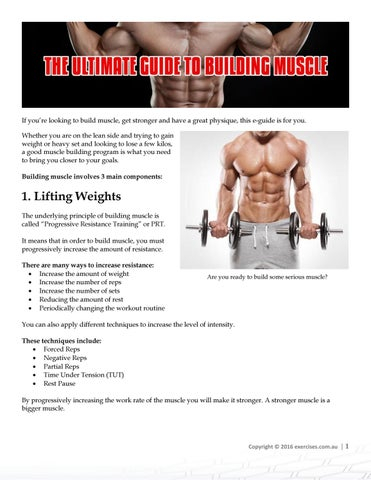
Understanding Basics of Building Muscle
Building muscle isn’t just about pumping iron. It involves understanding some fundamental physiological processes and balancing a range of lifestyle factors. So, before you start bulking up, let’s begin with the basics of muscle building.
The process of muscle building: Hypertrophy
Hypertrophy simply refers to the increase in size of your muscle fibers due to resistance training. Essentially, when you lift weights, you create microscopic damage to your muscle fibers. In response, your body repairs and rebuilds those fibers stronger and larger than before to resist similar damage in the future. This repair process is where the actual growth happens.
Importance of balancing diet and exercise
While exercise is essential for eliciting muscle damage and promoting hypertrophy, your diet fuels the process. It provides the nutrients your body needs to rebuild the damaged muscle fibers. A proper balance between diet and exercise enhances your muscle growth and helps maintain your overall health.
Role of proteins in muscle growth
Proteins play a pivotal role in muscle growth. They are the building blocks of muscle tissue, aiding repair and recovery post-workout. A diet rich in protein helps expedite this repair process, facilitating faster and larger muscle growth.
Choosing the Right Weights for Muscle Building
Choosing appropriate weights is a critical part of your muscle-building journey. The right weight triggers maximum muscle activation without risking injury.
Factors that influence weight choosing
Various factors influence weight selection, including your fitness level, experience, strength, and the specific exercise you’re performing. Generally, the right weight is one that challenges your strength while allowing you to maintain proper form.
Benefits of free weights and gym machines
Both free weights and gym machines have distinct benefits. Free weights promote more muscle activation as they involve stabilizing muscles, while machines guide your movement, minimizing the risk of injury for beginners. Varying between the two can offer a comprehensive strength-training regime.
Understanding how weight increments affect muscle growth
Gradually increasing the weight you lift—a concept known as progressive overload—is key to continuous muscle growth. It ensures your muscles constantly adapt to increasing resistance, promoting sustained hypertrophy.
Effective Weightlifting Exercises for Building Muscle
The exercises you choose significantly influence your muscle-building outcomes.
Importance of compound exercises
Compound exercises, like squats, deadlifts, and bench presses, involve multiple joints and muscle groups. These exercises stimulate a high amount of muscle fibers, leading to greater muscle growth and strength gains.
Addition of isolation exercises
Isolation exercises, on the other hand, target a single muscle group. These exercises are crucial for addressing specific weak areas and creating balanced, symmetrical muscle development.
Common weightlifting exercises for all major muscle groups
Some common weightlifting exercises include bicep curls, tricep dips, lunges, and shoulder presses. Each targets specific muscle groups, leading to well-rounded development.
Developing a Weightlifting Routine
A structured weightlifting routine helps maximize your muscle-building results while avoiding burnout or plateaus.
Integrating weightlifting into your weekly workout routine
Aim to include weightlifting sessions 3-4 times per week for optimal results. Make sure to balance these sessions with cardio and mobility work for well-rounded fitness.
Periodization and its role in preventing plateaus
Periodization involves strategically varying your workout volume, intensity, and frequency over time. This technique keeps your muscle-building progression steady without hitting stagnation points or plateaus.
Importance of rest days in muscle recovery
Rest days are crucial to allow your muscles to repair, recover, and grow. Try to include at least 1-2 rest days per week in your routine.
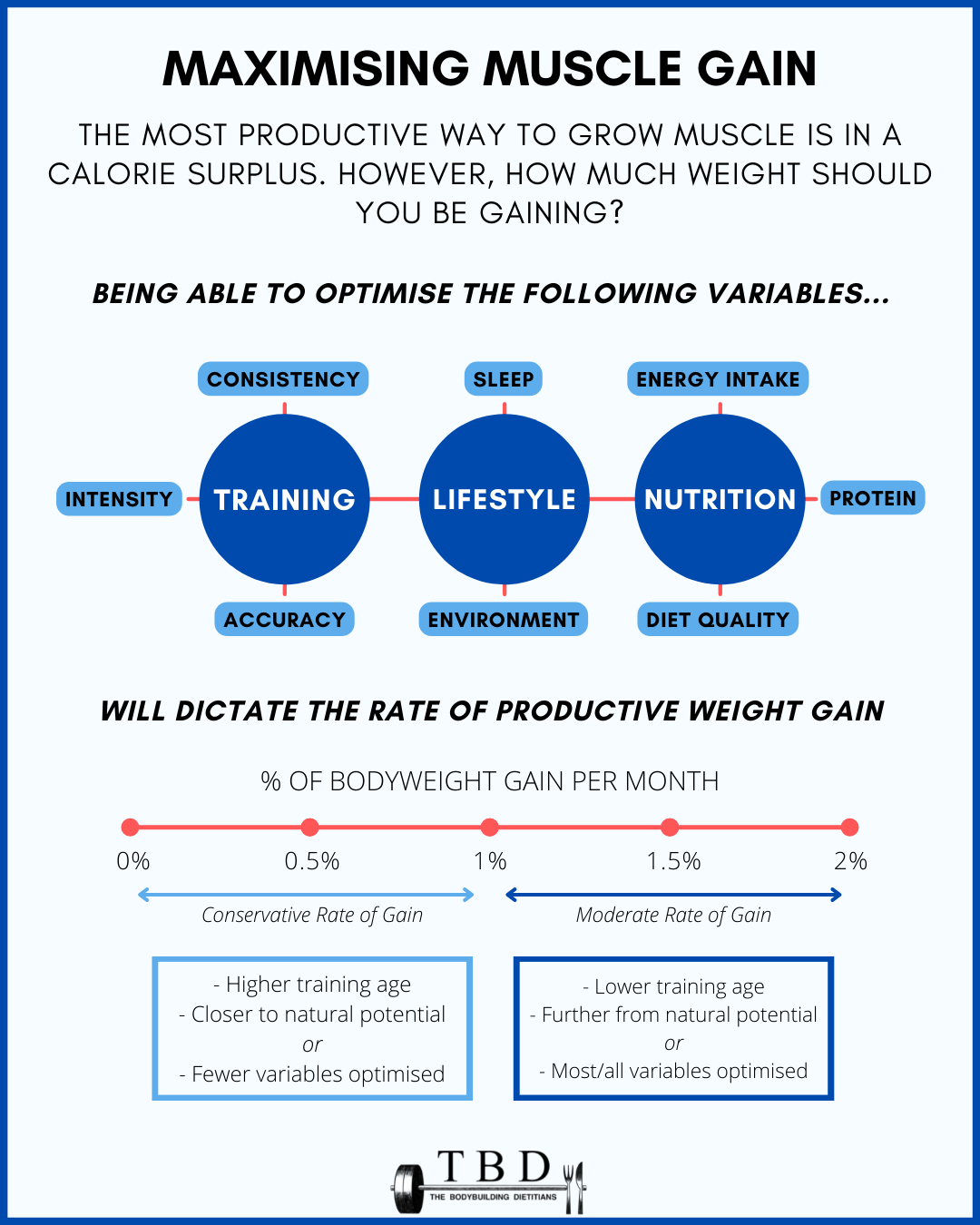
Mastering the Form For Safe Weightlifting
Proper form is fundamental to safe and effective weightlifting.
Importance of having a proper form while weightlifting
Lifting weights with incorrect form can lead to injuries, hampering your progress. A correct form ensures effective muscle activation and optimal workout results.
Understanding the specific forms for different exercises
Each exercise has its own specific form to follow. Learning and maintaining these forms can help you maximize your results and minimize your injury risk.
The potential risks of improper weightlifting form
Improper form not only compromises your performance but also increases the risk of acute and chronic injuries. So, always prioritize form over lifting heavier weights.
Nutrition Essentials for Muscle Gains
Your diet plays a crucial role in fueling your workouts and aiding muscle recovery.
Role of macronutrients in muscle building
Macronutrients—proteins, carbohydrates, and fats—are all critical for muscle building. Carbohydrates provide energy for your workouts, fats support hormone production, and proteins, as mentioned earlier, aid repair and recovery.
Protein – The key nutrient for muscle recovery
Protein is especially significant post-workout, stimulating muscle recovery and growth. Try to include a source of protein in every meal and snack.
Importance of hydration and vitamins
Staying hydrated is essential for optimal bodily functions, including muscle contraction and recovery. Moreover, vitamins and minerals support numerous bodily functions, including energy production and bone health, enhancing your training capacity and recovery.
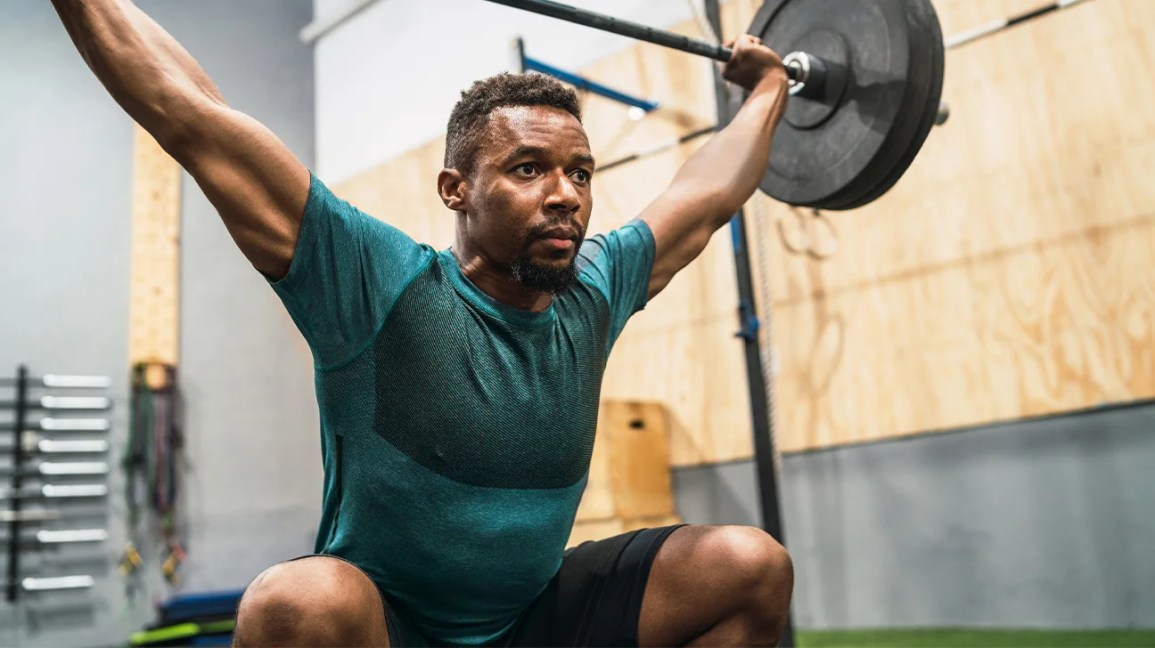
Guidelines to Monitor Your Progress
Regularly monitoring your progress helps keep you motivated and lets you adjust your routine as needed.
Significance of tracking your progress
Tracking your progress not only keeps you inspired but also helps identify your strengths and areas for improvement, guiding your workout and diet decisions.
Methods to monitor muscle growth
Tracking muscle growth can be as simple as noting down your strength levels and measuring body composition. Taking progress pictures is also a popular and effective method.
Adjusting your workout routine based on progress
As your strength and muscle mass increase, you’ll need to progressively increase your intensity, volume, or weight to continue making progress.
Common Weightlifting Pitfalls and How to Avoid Them
Avoiding some common weightlifting mistakes can maximize your workout output and prevent setbacks.
Avoiding overtraining
Overtraining can lead to injuries and diminish your results. Listen to your body and rest when needed, maintaining a balance between training and recovery.
Impact of under eating on muscle building
Under-eating deprives your body of the energy and nutrients it needs to function and grow. Ensure you’re consuming a balanced diet to sustain your muscle-building efforts.
Addressing imbalances in muscle development
Focusing too much on favored muscle groups can lead to imbalances, affecting your performance and aesthetics. Incorporating a variety of exercises targeting all muscle groups can help create balanced muscle development.
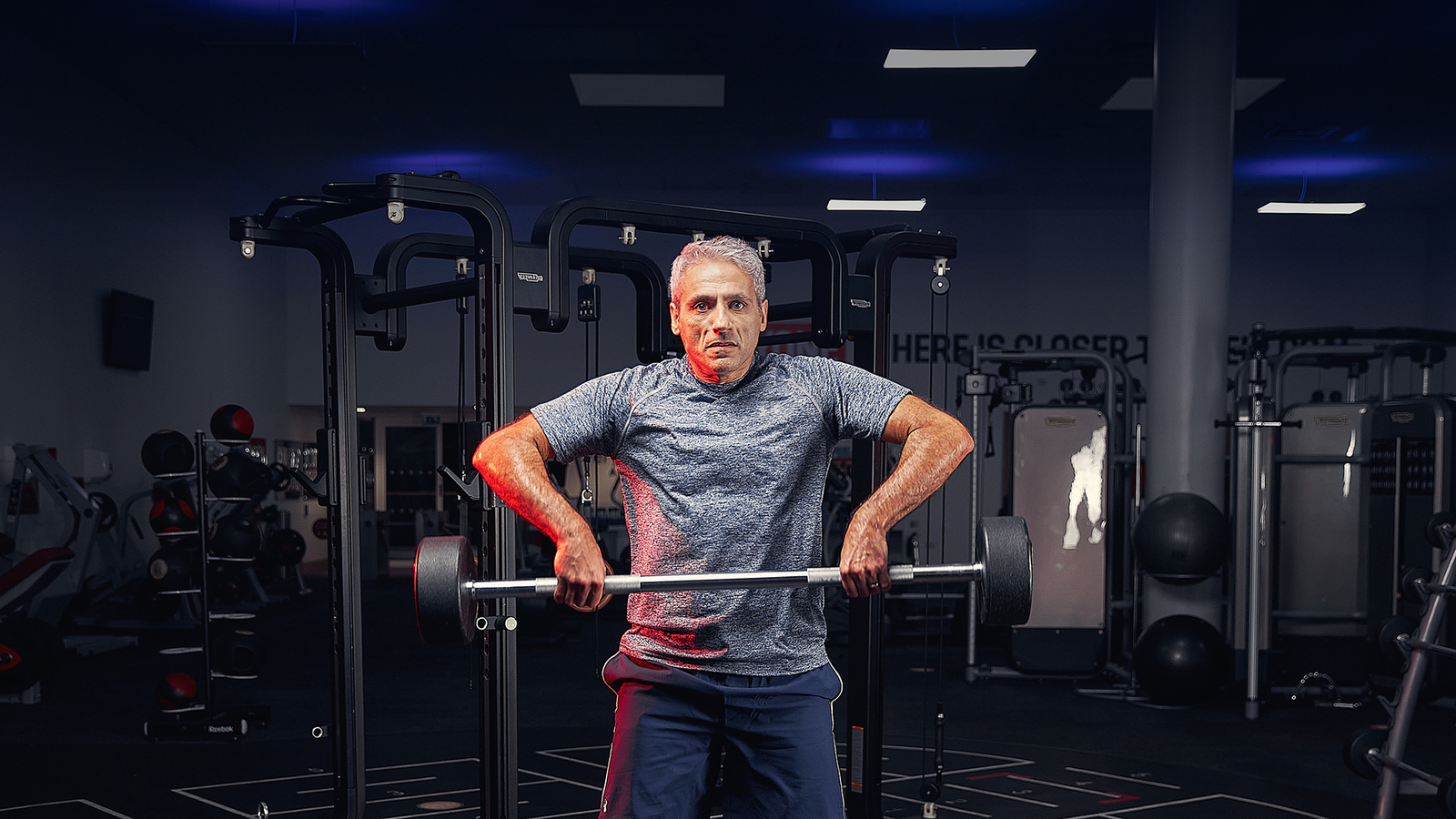
Addressing Common Questions About Weightlifting
Let’s clear up some common queries about weightlifting.
Answering questions about muscle soreness and growth
Feeling sore after a workout is normal—it signifies your muscles are getting stronger. However, prolonged or severe soreness could indicate overtraining or improper form.
Discussing the effect of cardio on muscle building
Contrary to popular belief, cardio doesn’t “kill gains.” It improves overall fitness and heart health. However, excessive cardio may interfere with muscle growth.
Clarifying misconceptions about supplements
Supplements can help enhance your workout performance and recovery, but they are not magic wands. Muscle growth ultimately relies on balanced nutrition and consistent training.
Tips to Maintain Consistency and Motivation
Consistency is key to muscle growth, and maintaining motivation is essential to stay consistent.
Importance of setting achievable goals
Setting realistic and measurable goals helps keep you motivated and focused. Remember, muscle building is a slow process, so patience is key.
Benefits of having a workout partner
A workout partner can keep you accountable, motivate you during tough workouts, and even add a social aspect to your training.
Incorporating variety to prevent boredom and burnout
Varying your workouts keeps them exciting and challenging, preventing boredom and burnout. Try out new exercises, vary your weights, or even change your workout environment occasionally to keep things interesting.
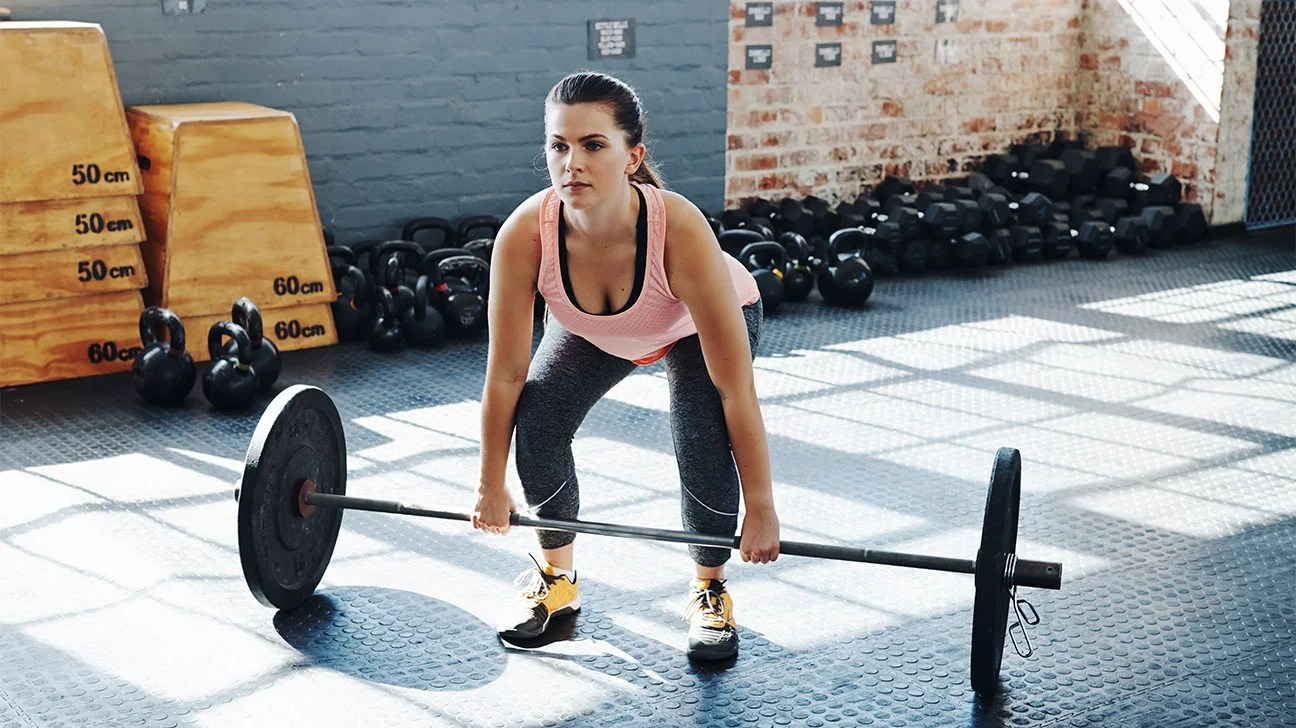

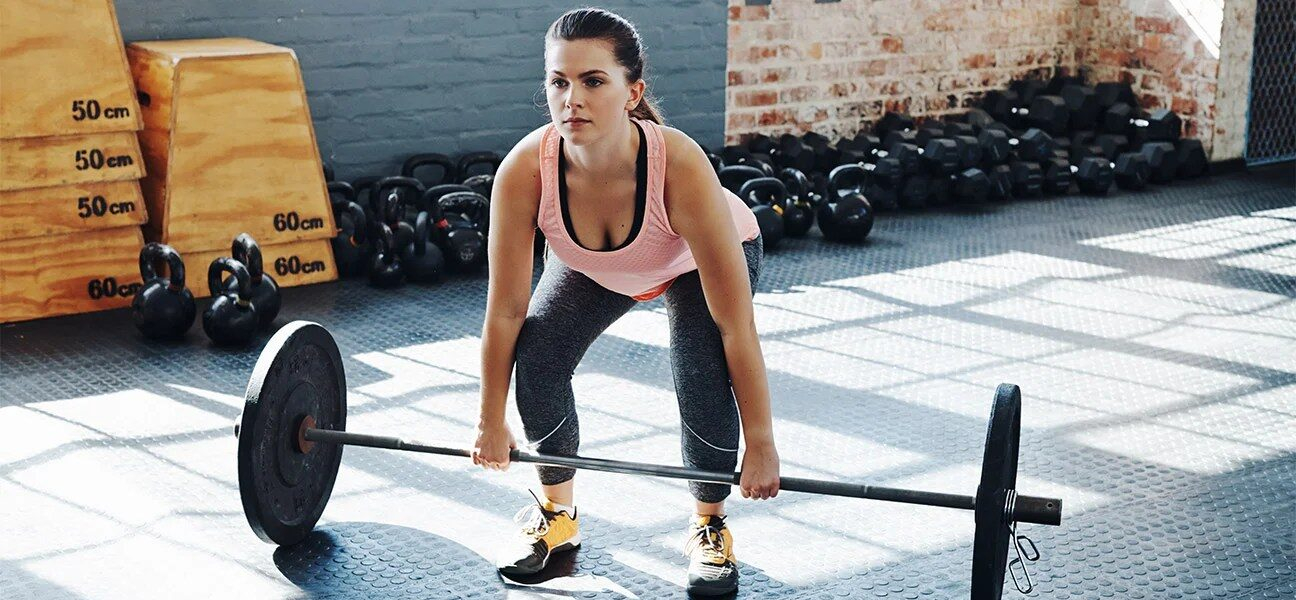
Pingback: Ultimate Guide: How to Build Arm Muscle Fast – Lose Weight With Absolute Minimal Diet – Your All In One Guide to Weight Loss & Nutrition